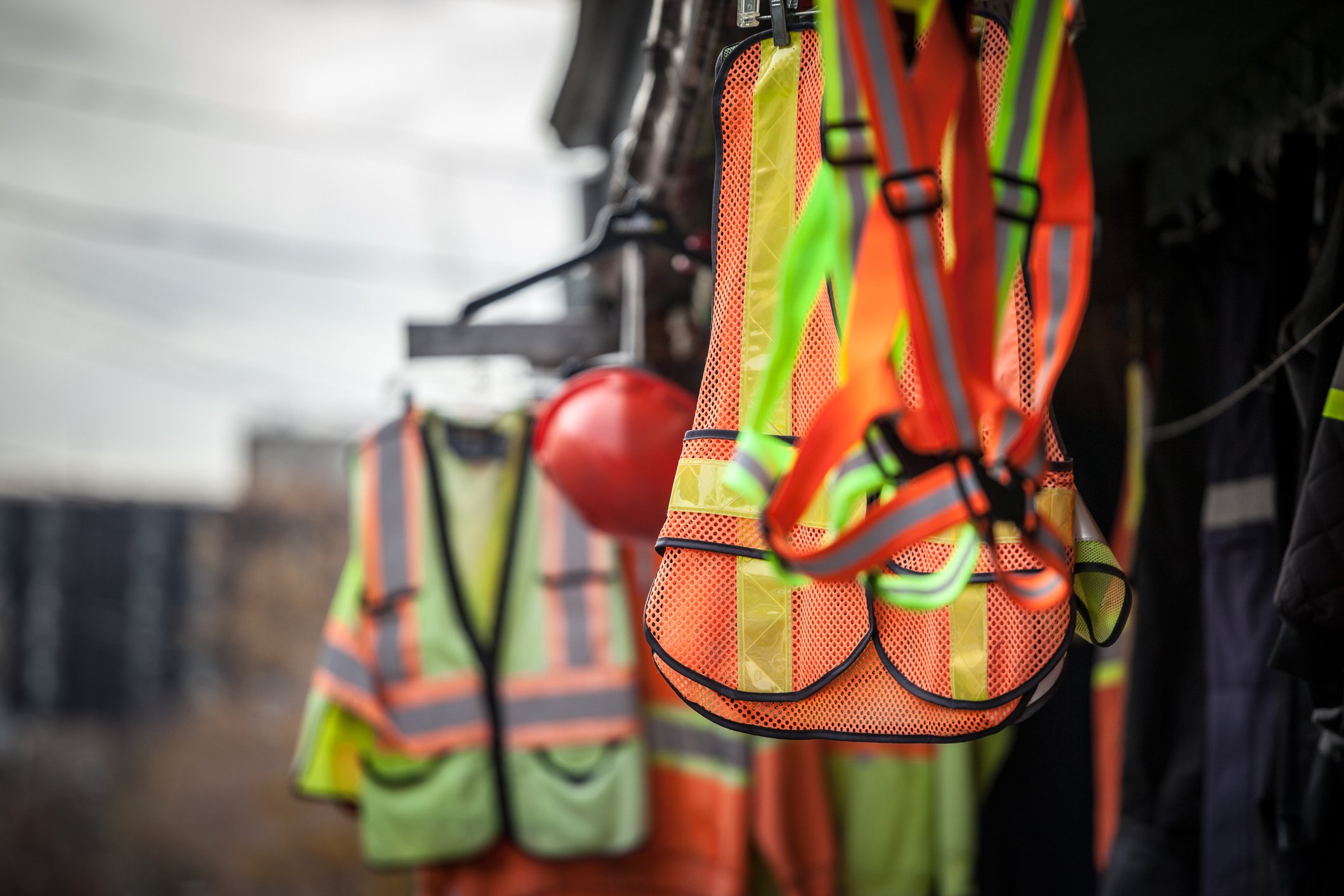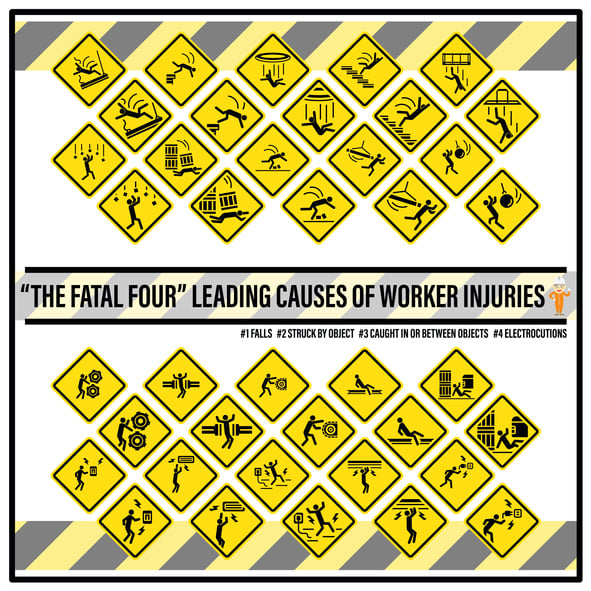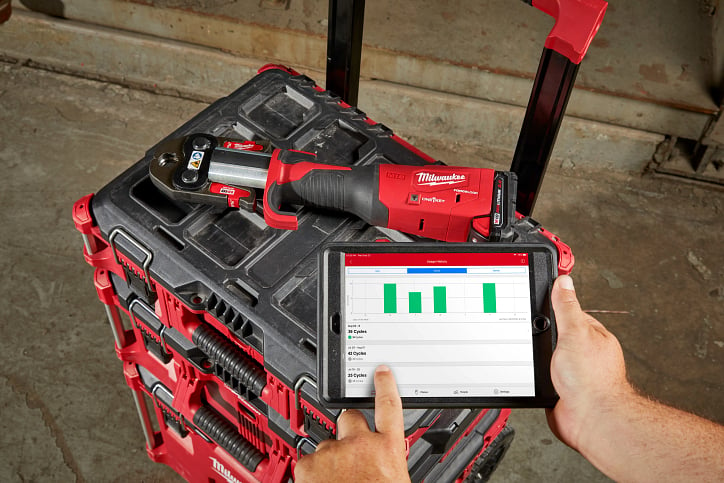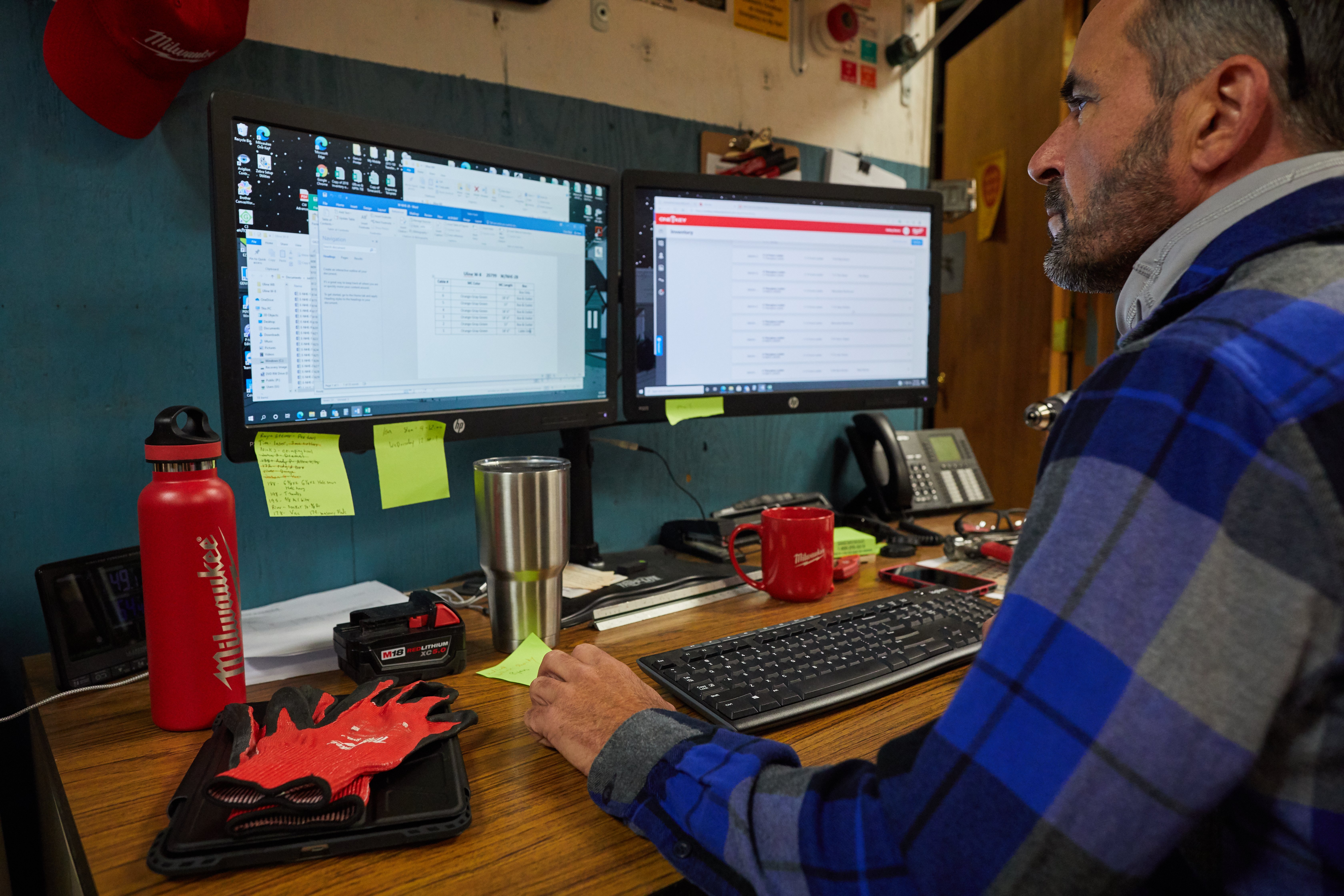
By nature, construction a dangerous occupation, the #1 most dangerous across all industries in fact, according to the Bureau of Labor statistics; tragically, in 2019 alone, for instance, 1,061 construction workers died on the job. According to the Occupational Safety and Health Administration (OSHA), 1 in 5 deaths among U.S. workers occur in the construction industry.
Aside from its inherent perils, construction is also complex. At its best, it’s like a carefully orchestrated symphony coming together in perfect harmony. At its worst, it’s like spinning plates, first awe-inspiring and then chaotic, shattering on the ground and creating safety hazards.
In short, there are a lot of moving parts involved in a construction project.
You might naturally be wondering, what are the hidden liabilities of a construction project, and how might you manage risk?
In this article, we’ll discuss some potential site-related safety liabilities, as well as broader project-related liabilities, and how to protect your workers and yourself against them.
Common construction project risks we will discuss include:
- OSHA’s “Fatal Four” and Other Worker Injuries
- Client Grievances: Shoddy Workmanship and Quality Assurance Risks
- Subcontractor Disputes & Safety
- Construction Downtime Issues
Related content: Good safety metrics in construction to track.
What Are the Hidden Liabilities of Construction Sites?
Just as there are many moving parts to a construction project, there are many opportunities for things to go awry:
- The logistics of getting materials to the site.
- Rising costs of materials. A report published by the Bureau of Labor Statistics, for example, saw building materials costs rise by 19.4% in 2021, almost double the increase we saw in 2019.
- Unpredictable, inclement weather causing project delays. Besides owners needing to master construction forecasting and making adjustments, they need to carefully plan and adjust schedules using weather forecasts.
- Labor shortages (experienced by a whopping 80% of contractors) lead to as much as 44% of firms increasing their prices.
- Miscommunication and poor project data lead to projects going out of scope. For example, Project Analysis Group estimates 35% of construction projects encounter a major change. What’s worse, scope issues have resulted in expensive rework in 52% of cases.
- These project scope changes can create larger disputes. According to a 2021 global report, the average length of a construction dispute globally was 13.4 months, and cost as much as $33mil globally in recent years.

With such high-risk exposure, there’s also legal liability concerns that could emerge when things go wrong.
Consider some of the legal cases that have materialized over the years regarding contractual liability. Attorney J. Kent Holland, J.D. of ConstructionRisk.com notes:
Construction contractors typically have overall responsibility for project safety. Project owners generally limit their own safety responsibility by contractually making the contractor and design professionals "independent contractors" such that the owner is not responsible for their actions.
Professional consultants typically seek to include language in their own contracts with project owners stating that the consultant is not responsible for the contractor’s means, methods and procedures—including matters of safety, and the contractor is solely responsible for site safety. Despite such contractual language, injured construction workers often seek to recover damages from entities other than their employer so they can obtain more than would be available under workers compensation.
Construction risks are looming. 78% of engineering and construction companies, for example, believe project risks increase.
It’s ever-important to protect yourself, and your team, by adopting safety best practices; it’s equally important to adopt agile and lean construction methodologies to keep projects running smoothly and inhibit potential disputes from arising.
And the good news, there are plenty of innovations in the construction safety and technology space to help protect against injuries and project-related disputes.
Worker Injuries: The “Fatal Four” and Beyond
The Occupational Safety and Health Administration (OSHA) indicates 4 categories that account for roughly 60% of fatalities, and offer guidance and training to help build awareness and protect against them:
- Falls: Accounting for approximately 36.5% of jobsite deaths, falls occur due to unprotected sides or holes, improperly constructed walking or working surfaces, or workers falling off of ladders, roofs, scaffolding, etc.
- Struck by Objects: Accounting for approximately 10.1% of jobsite deaths, “struck by object” incidents occur due to swinging, falling, or misplaced objects, as well as shifting materials, equipment malfunctions, or when workers are struck by a vehicle or equipment.
- Electrocutions: Accounting for some 8.6% of jobsite deaths, electrocution can occur due to exposed wiring; wet conditions while outlets are exposed; being exposed to overhead power lines, energized conductors, or circuit parts in electrical panels and equipment panels; poorly maintained extension cords and power tools (especially why you’ll want to follow your manufacturer’s guidelines for service); or being struck by lightning.
- Caught-In or -Between: Accounting for approximately 2% of jobsite deaths, “caught-in or caught-between” incidents occur when construction workers are caught in or between machines, devices, or tools.

Beside these “fatal four,” construction sites and power tools present countless hazards—from hammers striking thumbs to drills kicking back and live saws left onsite engaging when mistakenly bumped.
What safety solutions exist to combat jobsite hazards?
- Safety apps and software: Construction companies have become increasingly concerned about safety, evidenced by the rise of the safety coordinator role in recent years. The use of construction safety software similarly has increased, with as much as 53% of large contractors utilizing software to manage safety and inspections in at least half of their projects. There was also a 4% increase in safety app usage in 2019, with many mobile apps available for you to pilot.
- Personal protective equipment (PPE): OSHA outlines the personal protective equipment that employers should provide, as well as their standards. Examples include:
- Smart tool technology: Power tools with integrated smart tool technology can help protect users against a number of potential injuries:
- One-Key compatible smart tools can be locked out remotely from your mobile device (see how on Android; see how on iOS), which in addition to keeping them safe from tampering bad actors onsite afterhours protects you from possible liability where an otherwise “live” tool could cause an injury.
- Many of our drills and impact wrenches, like our 1/2” Hammer Drill, feature anti-kickback technology, which can be enabled to increase control in bind up situations, reducing unwanted shutdowns, and limit injuries. In addition, they can be customized for specific tasks and repeatability, ensuring installations are done properly to spec and preventing damage to materials.
- Similarly, you can enable “cut brake” on our Sawzall® w/ One-Key to ensure the tool will automatically shut off at the end of a cut, preventing damage to materials as well as helping your workers perform tasks more safely and predicably.
Mitigating Client Grievances: Avoiding Shoddy Workmanship and Quality Control Risks
The last thing you want is an unhappy client.
Expensive rework, costing the industry 31.2 billion in 2018, largely stems from design errors, miscommunication, and poorly maintained project data.
It doesn’t help that, according to USG and the U.S. Chamber of Commerce, 92% of contractors report concerns about their workers having adequate skill levels. Or that skilled trades aging out far outpaces new talent entering the industry, with young construction workers declining by 30% from 2005-2016. Or that the industry-wide turnover rate is 21.4%.
So, how do you combat these increasing labor shortages, scale down, and assure high-quality workmanship?

- Promote collaboration. Communicate early and often with clients, and update project documentation proactively, preferably with a cloud-based system so changes are made, for everyone, in real-time. The good news? 82% of owners expect to put greater emphasis on collaboration with contractors within the next 5 years. Using design tools like BIM, key to mitigating risk, help you collaborate with clients with visualize models, while LiDar can make 3D simulations of proposed designs, and ensure that any misinterpretation is mediated in real-time. Land surveying with LiDar scans can also mitigate structural problems onsite.
- Practicing lean and agile construction methodologies, as we mentioned earlier, can help make small teams nimbler and able to adjust to quickly changing project demands. You might, for example, simplify your process to design-build to limit additional steps that can be time-consuming while retaining more control over design specifications. Or you might adopt offsite construction methods like 3D printing, prefab, and modular construction to offset early construction. This limits your days absolutely needed onsite, making it easier to plan based on weather conditions while giving you more control over quality.
- Adopt software and apps that promote interoperability to ensure your various teams’ preferred tools communicate with each other, and everyone that needs to is able to access the information they need. Consider, for example, the relationship between your BIM software and asset management platform and how it might feed the important exchange of critical project data.
- Smart tool technology in connected power tools like our revolutionary M12 FUEL™ Digital Torque Wrench allows users to automatically sync events on tool and upload them to the cloud, then delivers the ability to generate customizable reports that can be shared with clients and inspectors, offering verification of work done to spec. Another example includes our FORCE LOGIC™ Press Tools that have reportedly helped contractors like CRW Mechanical win bids thanks to its technology saving CRW Mechanical a reported 15% on labor costs (a calculated 125-hour-savings), as well as completing jobs safer. The One-Key compatible version of this tool, similarly, provides valuable utilization data and reporting functionality in addition to standard tool security and tracking.
Subcontractor Disputes & Safety
Good help is hard to find, especially evidenced by the sheer volume of unfilled positions and labor shortages for craft positions we have discussed in this publication time and time again.

How do you avoid potential disputes with subcontractors?
- Be careful about who you hire. Word-of-mouth referrals go a long way.
- Provide onboarding, maintain collaboration, and communication.
- Construction drones allow you to remotely scan jobsites for safety checks and quality assurance.
Construction Downtime Issues
Construction downtime is costly. How do you keep your project up and running?

Wrapping It Up: How to Limit Construction Liabilities and Orchestrate Perfect Harmony
With its chaos-prone, perilous nature, construction presents plenty of opportunities for risks and liabilities. But with proper risk management, you can be the orchestra conductor whose masterful direction brings musicians, despite even with the most peculiar of time signatures, in perfect lockstep, creating a melodious wall of sound:
- Providing proper safety training to your workers, building awareness of OSHA’s “Fatal Four,” and using safety apps.
- Limiting client grievances by improving collaboration and limiting shoddy workmanship by using tools designed to make you more productive, limit injuries sustained from repetitive tasks, and provide proof of on-spec installations.
- Limiting subcontractor disputes by properly onboarding and keeping a watchful eye.
- Limiting construction downtime issues that could lead to missing a deadline by optimizing your logistics chain.